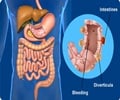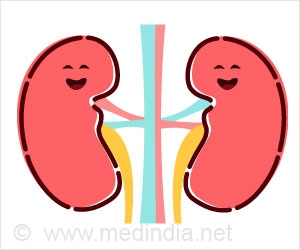Access to healthy, affordable food, quality health care, home visiting programs and education programs help reduce childhood obesity.

- Federal Nutrition Program in the U.S facilitated the reduction in obesity rates among two to 4-year-old kids.
- The program provides food assistance, counseling and education, to about 8 million low-income people.
- Though gradual, the data on reduction in child obesity is a welcoming one.
The rates increased in four states: Nebraska, North Carolina, Ohio and West Virginia. Utah had the lowest rate, at 8.2 percent while Virginia had the highest, at 20 percent.
The 2014 data, based on participants in the federal Women, Infants and Children (WIC) nutrition program, rank Washington 30th among the 50 states and the District of Columbia.
WIC provides food assistance, as well as counseling and education, to about 8 million low-income people, including women who are pregnant or new mothers, infants and children under 5.
A total of 18 states had obesity rates in the target population at or above 15 percent. In 2010, there were 26 states in that category. While obesity rates among this population have been dropping in recent years, they remain higher than in the past. In 1992, the national average was 8.4 percent. In the most recent data, the average was 14.5 percent.
Rich Hamburg, interim president and CEO of the Trust for America’s Health, added that “we need to keep the momentum going to ensure young children and families have the support they need — through programs like WIC — that help improve access to healthy, affordable food, quality health care, home visiting programs and health and nutrition education programs.”















